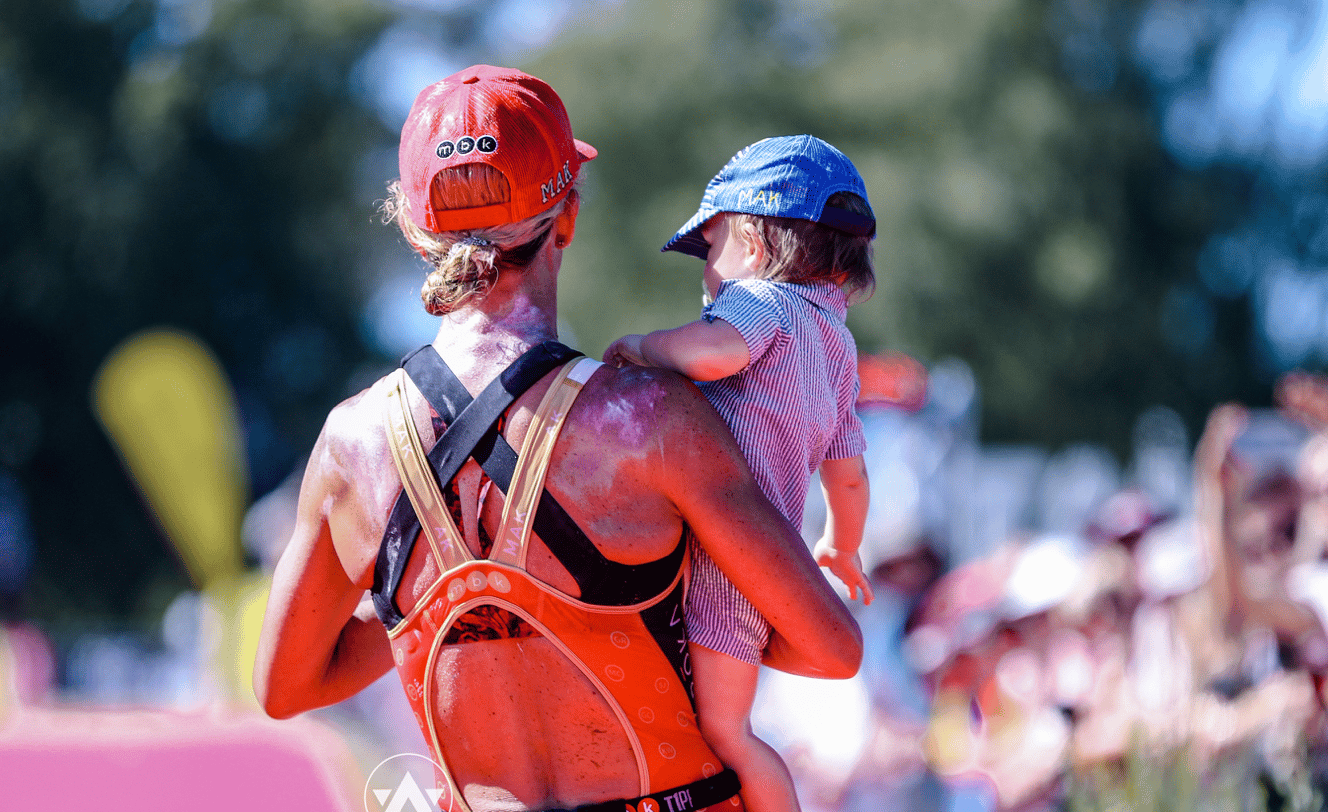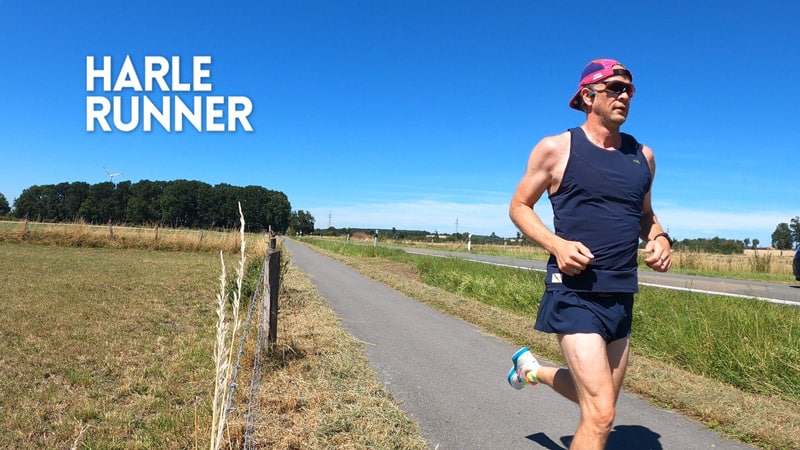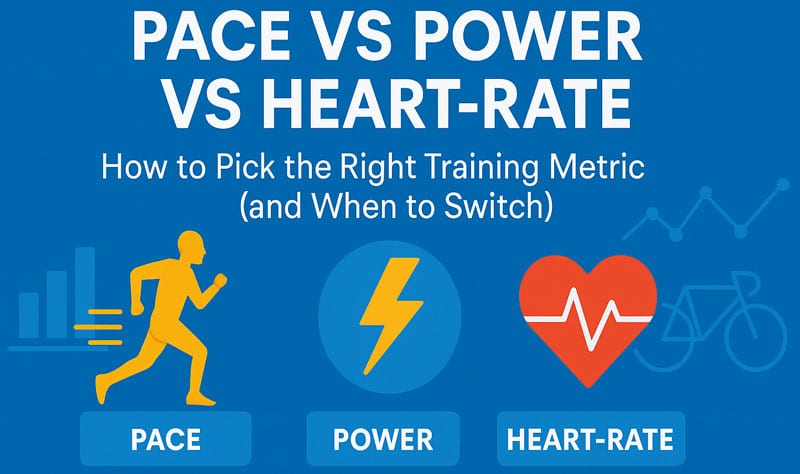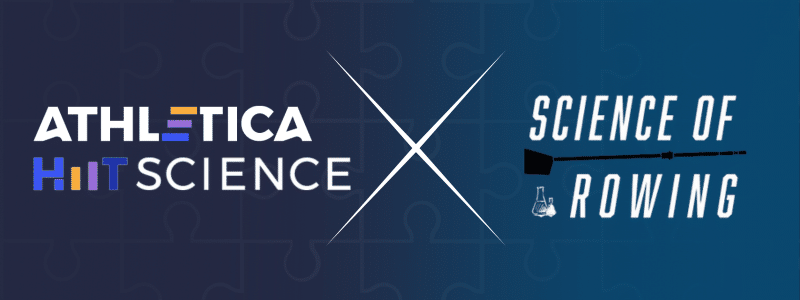I recognise the irony in what I’m going to write about. I’m a male coach. But I’m also a post-graduate researcher investigating factors influencing substrate utilisation in women that take part in endurance-type events. And the women I coach often ask me: should I be training more in line with the obvious fluctuations in physiology that appear to happen across my menstrual cycle?
At present, there is no simple answer to this question. The menstrual cycle (MC) and associated hormonal fluctuations vary from woman to woman. And with that, so does its impact. It is this variability in terms of hormonal concentrations across the cycle, variability in terms of the length of the cycle and variability of the impact of MC on women in sports (McNulty et al., 2020) that makes this question so difficult to answer at the individual level. So often, as with other things, the answer is, it depends.
Most of us reading this blog will be aware that historically, research in the field of exercise and nutrition sciences are male-dominated in terms of the participants. Females are rarely recruited due to the variability of MC and our inability to account for it. Encouragingly, the male dominance in mixed-sex, human physiology studies appears to have reduced in more recent years. However, only as little as 8% of studies published between 2017 and 2019 in the prestigious Journal of Physiology included exclusively female participants and were mostly investigating the aspects of the female reproductive system (O’Halloran, 2020). Therefore, exercise and nutrition recommendations for female athletes are largely based on the existing literature attained in males. The uncertainties this leaves us with are obvious.
Don’t get me wrong, there have been many female Olympic Champions crowned on the back of training protocols derived from coaches implementing male-based research programmes. However, can we do better? Can we get closer to answering my athlete’s key question: “Should I train to my menstrual cycle?” Especially as technology becomes more and more innovative. I believe the answer is — absolutely.
What is the menstrual cycle?
Ok, let’s not jump the gun here. Before any woman attempts to train to her cycle she needs to understand it. At a minimum, she needs to log her cycle length from the start of menses (bleeding), through her MC and back to the start of menses (Figure 1). This is the starting point. By continually logging the cycle length and changes in its duration across the months, a baseline cycle length can be established (approximately 28 days +/-). When this is completed across a season, alongside training load, or nutrition and lifestyle, we can begin to get a clearer picture of the unique aspects inherent with the individual, and whether training is impacting her cycle (or not).
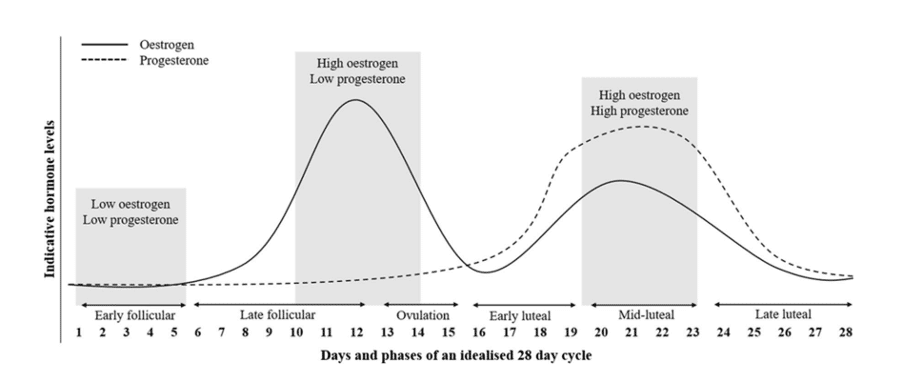
Remember MC is a recurring cycle. It’s like a vital sign. If it’s lengthening in terms of days and weeks, then something like training load or nutrition might be causing this to happen and should be addressed through advice from a medical professional before the MC disappears altogether or the athlete “breaks down”.
For women in sports who want to take it to the next level, you have tools like the Mira fertility analyser. This small hand-held urinary analyser combined with an app and platform can track your cycle with lab-grade accuracy. The Mira gives concentrations of estrone-3-glucuronide (E3G; a urinary metabolite of oestrogen), pregnanediol-3-glucuronide (PDG; a urinary metabolite of progesterone), luteinizing hormone (LH) and follicle-stimulating hormone (LSH) within 16 minutes and uploads the data to the app.
Is there a better MC phase to train at?
When we consider contrasting research such as that conducted by Frandsen et al. (2020), they state that the MC phase doesn’t affect peak fat oxidation (PFO) measured during a cycling-based graded exercise test. However, reviews such as that by Oosthuyse & Bosch (2010) suggest that hormone concentrations might affect performance, substrate utilisation, core body temperature and other factors. Furthermore, studies investigating responses to high-intensity interval training (HIIT) in females suggested that the mid-luteal (high oestrogen and progesterone) phase mitigates exercise-induced oxidative stress (Matsuda et al., 2020) and inflammation (Hackney, Kallman & Aggon, 2019). However, contrasting MC-phase-dependent responses were observed following a moderate-intensity continuous exercise (Barbara-Moreno et al., 2020).
Therefore, it’s easy to see why the individualised data the Mira can provide would be extremely insightful for many women in sports. Any individual female athlete won’t care as much about the generalized group findings of these studies, as they will about how their cycle affects them.

In saying that, sometimes as athletes we want someone else to interpret the data for us. WE JUST WANT TO TRAIN. Unfortunately, that platform doesn’t exist…………….. YET. What if we could use all the real-time high-quality MC data our Mira handheld device supplies, and combine that with a top-end smart training platform like “Athletica”? I know some of you are saying right now: “I know a platform that already collects and uses this data”, but let me be clear. The individualised nature of collecting personal hormone concentrations in conjunction with your personal training data leads to a training plan unique to you at that point in time. In 4, 6 or 8 weeks, your personal data may have adjusted, and so should your plan. Assuming that MC is the same for every woman, and only the length of the cycle differs, is very basic. Within every MC (Figure 1) are unique hormonal fluctuations and concentrations that can and do change and need to be accounted for. After all, if all MCs were the same, with only variations in the length of cycle, then every woman attempting to get pregnant would be successful every time they tried…………. Not the case.
Athletica-Mira-HRV4Training female athlete research – aiming to decipher the MC and endurance training enigma.
Athletica, where science is applied to practice, is already an established platform for endurance athletes, where training smarter not harder is the ethos. In our newest initiative, Athletica will join forces with Mira to bring a female-specific training study experience. A link to understanding the autonomic nervous system (ANS) balance of the MC-training load axis was also critical, and to this end, we are also grateful to be joining forces with Marco Altini of HRV4Training to access daily morning heart rate variability (HRV) for this research effort. Moving forward, Athletica, Mira and HRV4Training intend to run a pilot study where the data collected by Athletica, Mira and HRV4Training will be combined and analysed to gain insight towards maximising the training response across the cycle for female athletes (Hackney, Kallman & Aggon, 2019). That means female athlete participants will receive MC hormone concentrations, MC length and other subjective data stored alongside their training data (load and load response markers). Data will be analysed to assess if MC and training load (and response) are working in synergy or antagonistically. Feel free to read the scientific abstract and all the collaborators involved right here.
So, all the pieces of the puzzle are in place:
Athletica + Mira + HRV4Training = individualised female-specific training pilot study
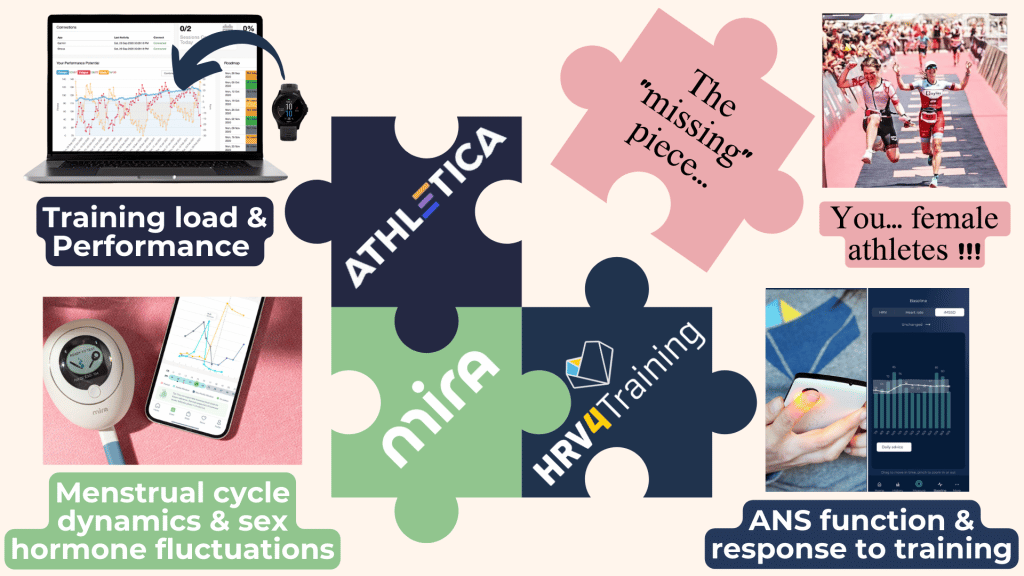
Now, I will ask that question one more time.
Q: Women in sport: Should she train to her menstrual cycle?
A: Each woman in sport should be aware of her menstrual cycle when training, aware of its length, aware of hormone concentrations and aware of how MC and training data affect each other — or at least using a platform that could do this for her………………… because MC is variable, its changing and so is its impact.
Interested in joining us or learning more? Follow this link to find out more about the study.
Note: I, Eoin Molloy have no commercial or financial affiliation with Athletica, Mira or HRV4 Training. I simply use their tools, realised they are incredibly reliable and accurate and said wouldn’t it be amazing if they worked together……………… So, I made it happen.
References
- O’Halloran, K.D. (2020) “Mind the gap: Widening the demographic to establish new norms in human physiology,” The Journal of Physiology, 598(15), 3045–3047.
- McNulty, K. L., Elliott-Sale, K. J., Dolan, E., Swinton, P. A., Ansdell, P., Goodall, S., … & Hicks, K. M. (2020). The effects of menstrual cycle phase on exercise performance in eumenorrheic women: a systematic review and meta-analysis. Sports Medicine, 50(10), 1813-1827.
- Frandsen, J., Pistoljevic, N., Quesada, J. P., Amaro-Gahete, F. J., Ritz, C., Larsen, S., … & Helge, J. W. (2020). Menstrual cycle phase does not affect whole body peak fat oxidation rate during a graded exercise test. Journal of Applied Physiology, 128(3), 681-687.
- Oosthuyse, T., & Bosch, A. N. (2010). The effect of the menstrual cycle on exercise metabolism. Sports medicine, 40(3), 207-227.
- Matsuda T, Ogata H, Kanno M, Ishikawa A, Yamada M, Sakamaki-Sunaga M. (2020). Effects of the menstrual cycle on oxidative stress and antioxidant response to high-intensity intermittent exercise until exhaustion in healthy women. J Sports Med Phys Fitness, 60(10), 1335-1341
- Hackney, A. C., Kallman, A. L., & Ağgön, E. (2019). Female sex hormones and the recovery from exercise: Menstrual cycle phase affects responses. Biomedical human kinetics, 11(1), 87-89.
- Barba-Moreno L, Alfaro-Magallanes VM, de Jonge XAKJ, Díaz AE, Cupeiro R, Peinado AB. Hepcidin and interleukin-6 responses to endurance exercise over the menstrual cycle. (2020). Eur J Sport Sci. 22(2), 218-226.
About the author

My name is Eoin Molloy. I am a husband to a fantastic wife, father of three beautiful and amazing girls, coach, coach developer and generally interested in the application of science to practice across sports. In 2017 I completed my BSc Degree (1:1) in Sports Coaching & Performance @ Waterford Institute of Technology, Waterford, Ireland as a mature student (42 at the time). I then went on to complete a Post-Graduate Diploma in Performance Nutrition (with distinction) at the Institute of Performance Nutrition, UK. At present, I am completing my PhD studies under the supervision of Dr Maria Murphy Griffin and Professor Michael Harrison at the South East Technological University, Waterford Campus, Ireland. Our area of interest is “factors influencing substrate utilisation in women who take part in endurance type events” with a focus on training low or fasted exercise regimes and the effects hormone fluctuations associated with the menstrual cycle could impose on lipid and carbohydrate oxidation.
Contact: [email protected]

